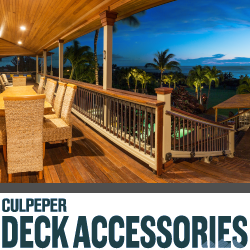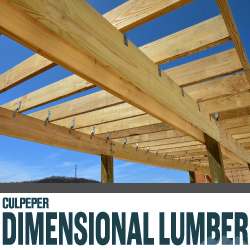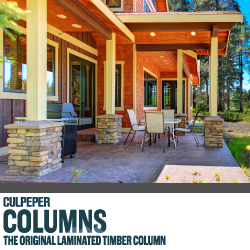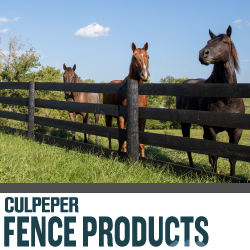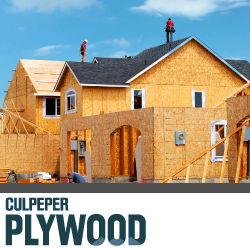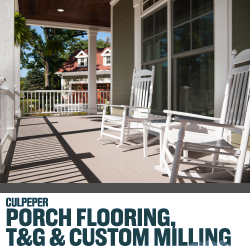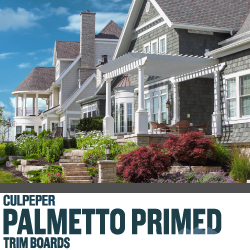- < Home
- |
- Resources
- |
- Product Education
- |
- Grades of Lumber

- < Home
- |
- Resources
- |
- Product Education
- |
- Grades of Lumber
WHAT ARE THE DIFFERENCES IN LUMBER GRADES?
As you look through our website, you will recognize the many different grades of lumber we stock. We think it is only appropriate to attempt to describe these grades for your reference to help you better understand what you currently stock and what is additionally available to you and your customers. Please keep in mind, that with the advent of prime grades, the differences between the grades of lumber have become even more defined and distinct. As a result, we have more grades available to our customers now than at any other time in the history of our company. As we can find no formal and simple description of all the different grades, we attempt to describe the grades that we currently stock so that you can decide what best fits your need and customer base.
Timber Grades have similar characteristics to the corresponding grades of dimension lumber.
DIMENSION GRADES
- #3 Grade: When appearance is of no concern, this construction grade will contain large knots, excessive wane, occasional knot holes, and manufacturing defects.
- #2 Grade: When appearance is of moderate concern, this construction grade will contain moderate sized knots (occasionally unsound) and can have a considerable amount of wane. Keep in mind, that with the introduction of Prime grades, #2 Grade no longer contains some of the better grades that used to be included.
- #2 Prime: A step up from #2 Grade in appearance, this grade will have characteristics similar to those found in #2 Grade— the difference is #2 Prime is virtually wane-free. When referring to fence boards, this grade is often called Appearance Grade.
- #1 Grade: When appearance becomes more of a factor, #1 Grade will contain smaller, fewer, sound, tight knots and have less wane than found in #2 Grade. Keep in mind, that with the introduction of Prime grades, #1 Grade no longer contains some of the better grades that used to be included.
- #1 Prime (SELECT): A step up from #1 Grade in appearance, this grade will have characteristics similar to those found in #1 Grade— the difference is #1 Prime is virtually wane-free. We make every effort to source this product from a single supplier to ensure a superior product.
- Dense Grade (Premier and Platinum): These grades have superior density and strength properties. These same properties make this grade an excellent choice when appearance is a major concern. While it can have wane similar to that found in #1 Grade, it has tighter growth rings and contains smaller and fewer knots.
- CLEAR Grade: When appearance is of paramount concern, this grade, as the name implies, has minimal knots and contains no wane. It has a warm, rich, distinctive wood grain and is denser in nature.
- Wane: The presence of bark or the lack of wood fiber along the edge of a piece of lumber. The amount of wane varies according to lumber grade as described in the Southern Pine Inspection Bureaus grading rules.
DECKING GRADES
- Standard: When appearance is of moderate concern, this decking grade will contain larger, more frequent knots, but because it is primarily designed for decking, it is virtually wane-free.
- Gold: A step up from our Standard Grade decking and a step down from our Premium Grade decking.
- Premium: When appearance becomes more of a factor, this decking grade will contain far fewer and much smaller knots than Standard and is also virtually wane-free.
- Select: A step up from our Premium Grade decking and a step down from our Clear Grade decking.
- Clear: When appearance is of paramount concern, this decking grade, as the name implies, has minimal knots and contains no wane.
BOARD GRADES
- #2: When appearance is of moderate concern, this grade will contain moderate size knots and can have a considerable amount of wane. It is most commonly used for sheathing and applications where a fine finish is not required.
- #2 Prime/Appearance Grade (APG): A step up from #2 in appearance, this grade will have characteristics similar to those found in #2—the difference is Appearance Grade is virtually wane-free. Note that, Appearance Grade boards bare no ink stamp or grade mark.
- D Grade: When appearance is more of a factor, D Grade will contain smaller, fewer, tight, sound knots and is virtually wane-free. It is most commonly used in applications requiring a fine finish such as flooring and wall paneling.
- C Grade: When appearance is of paramount concern, this grade, as the name implies, is virtually knot-free and contains no wane. It is also most commonly used in applications requiring a fine finish.

